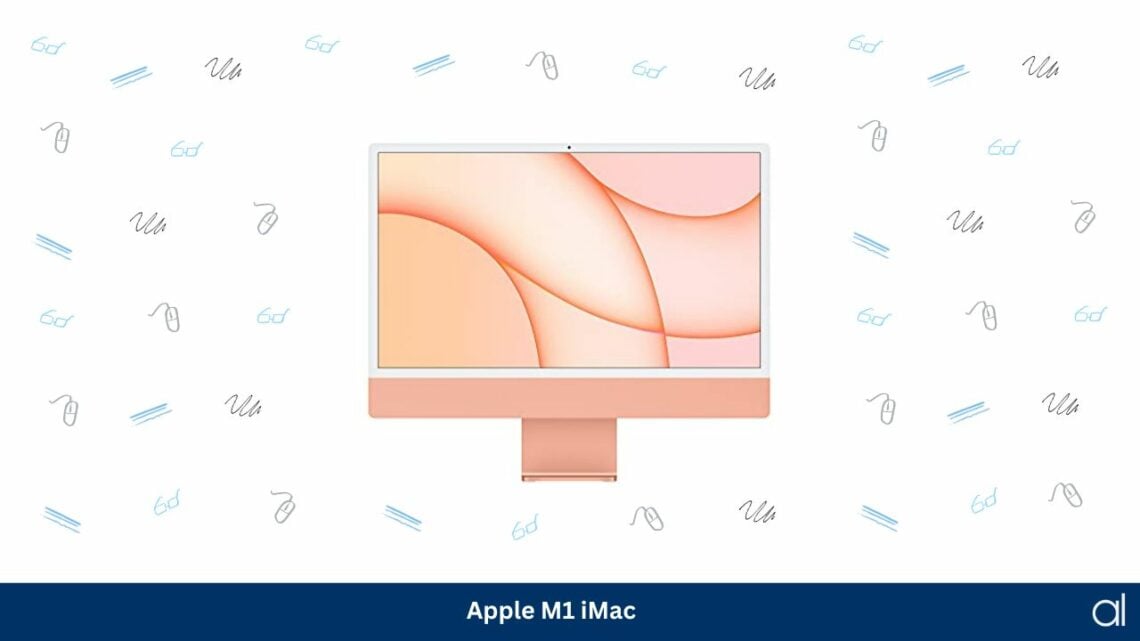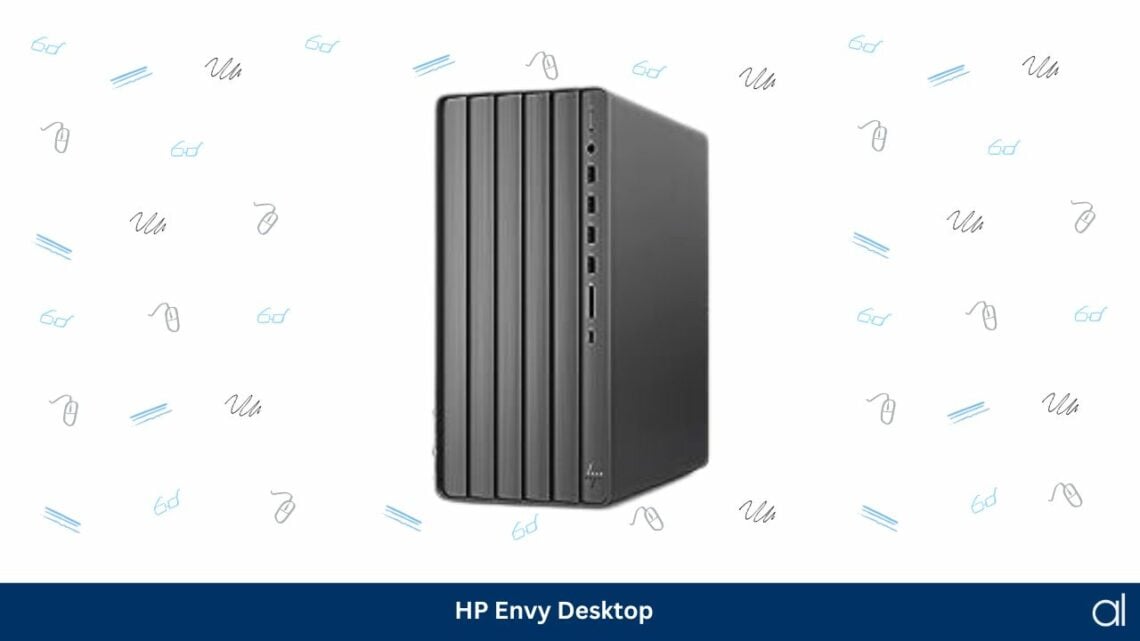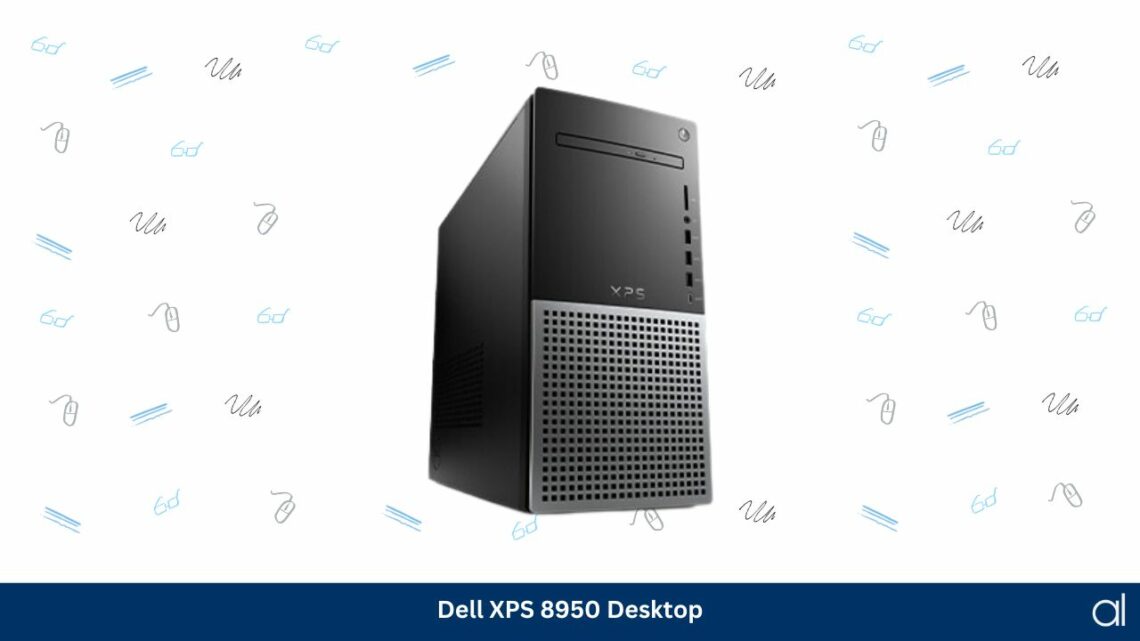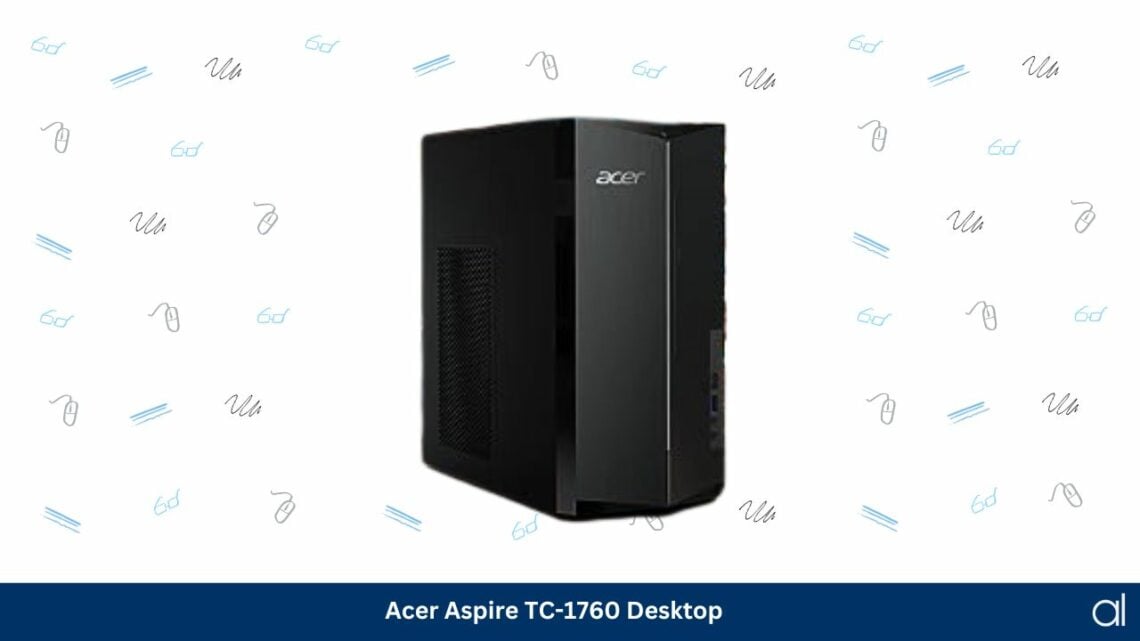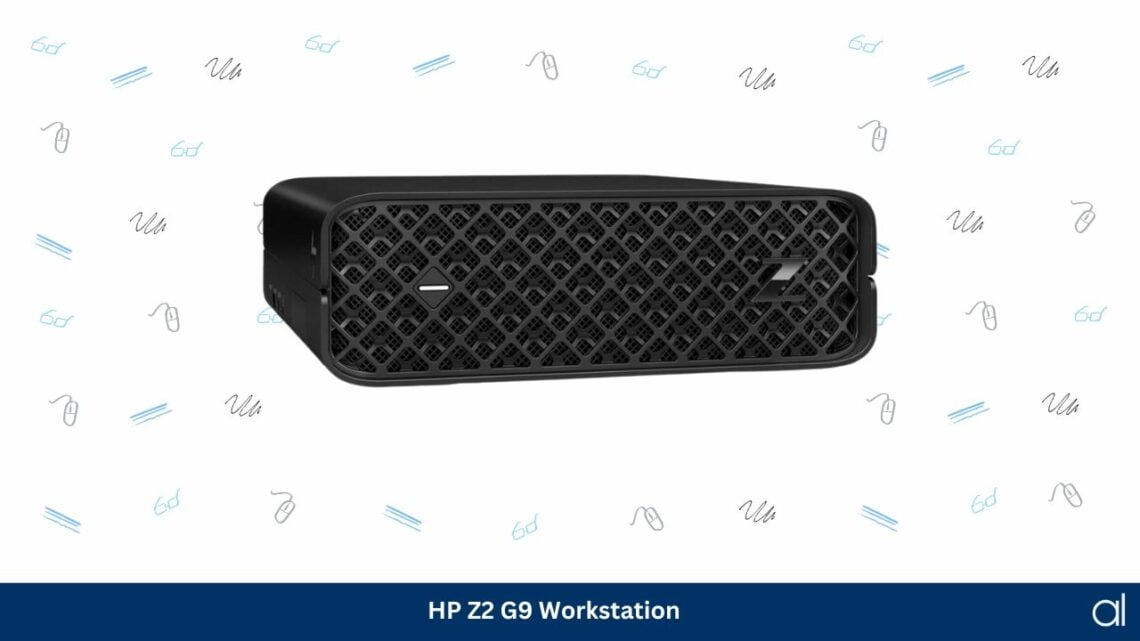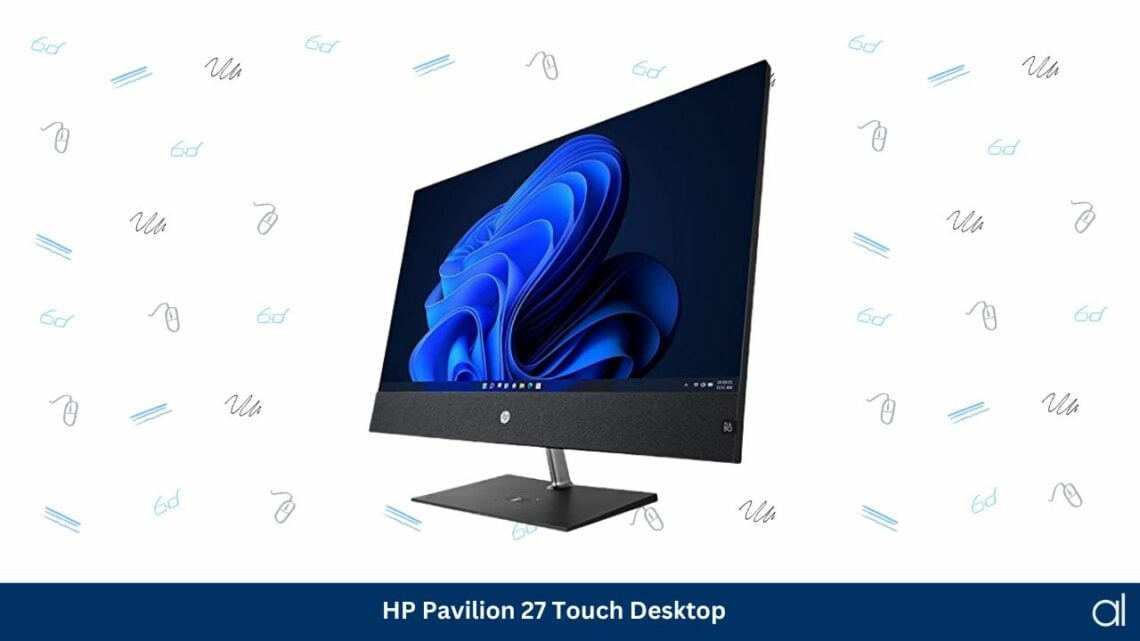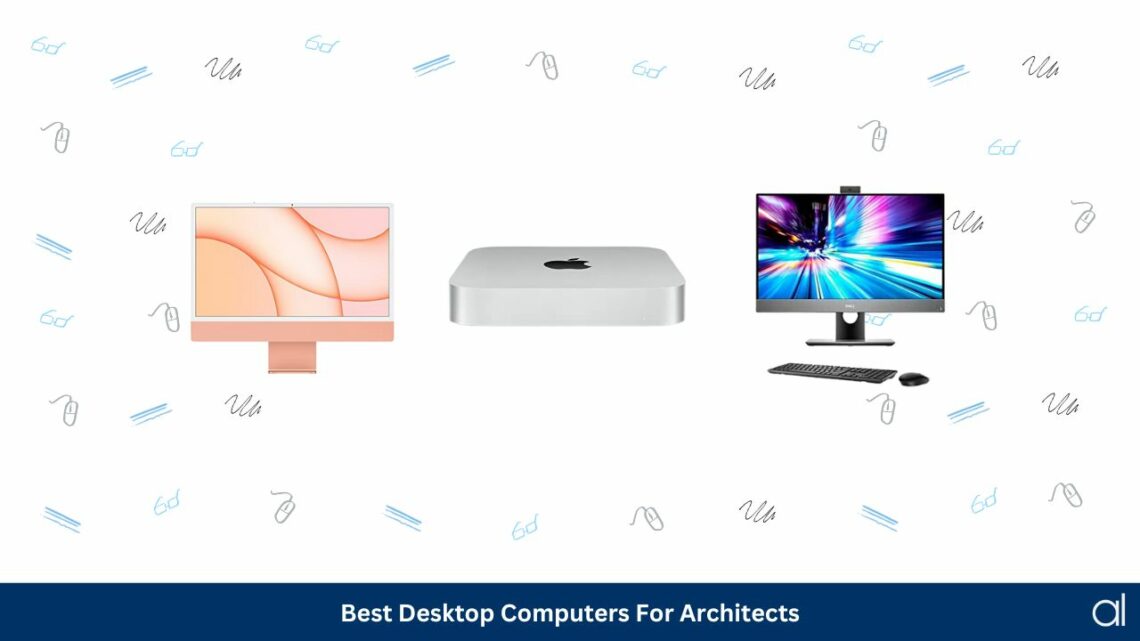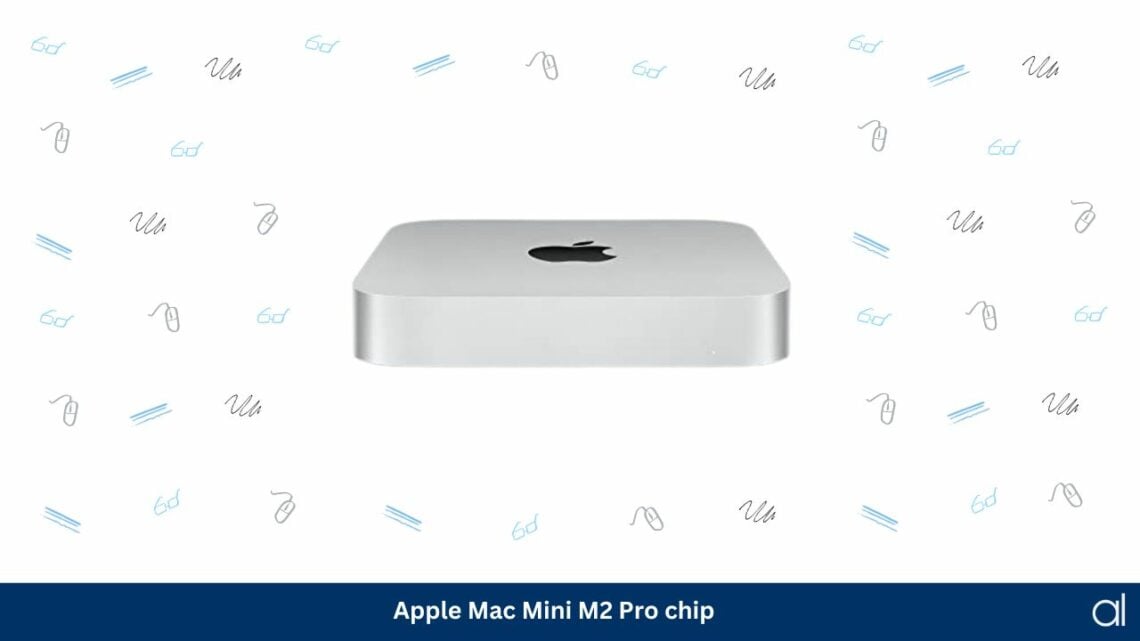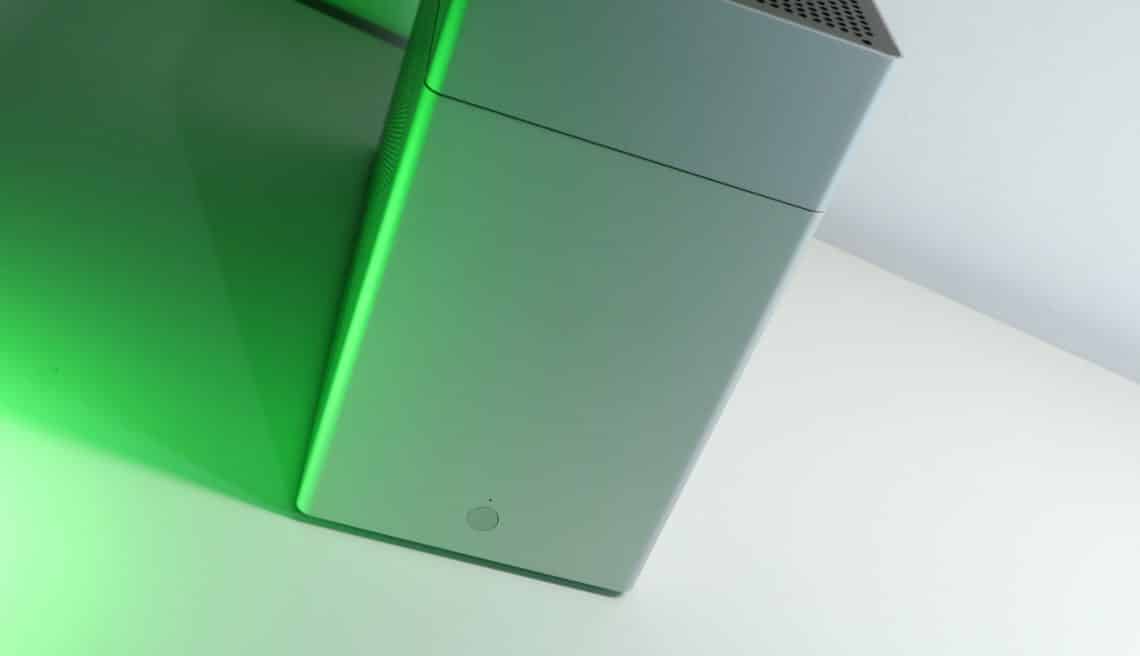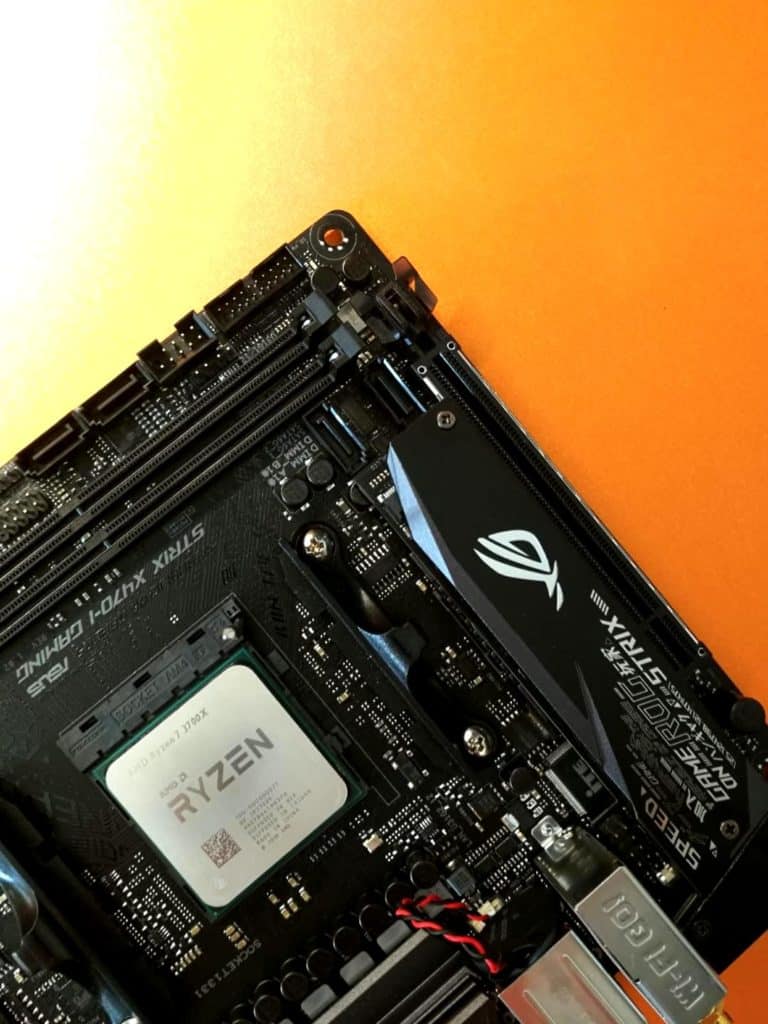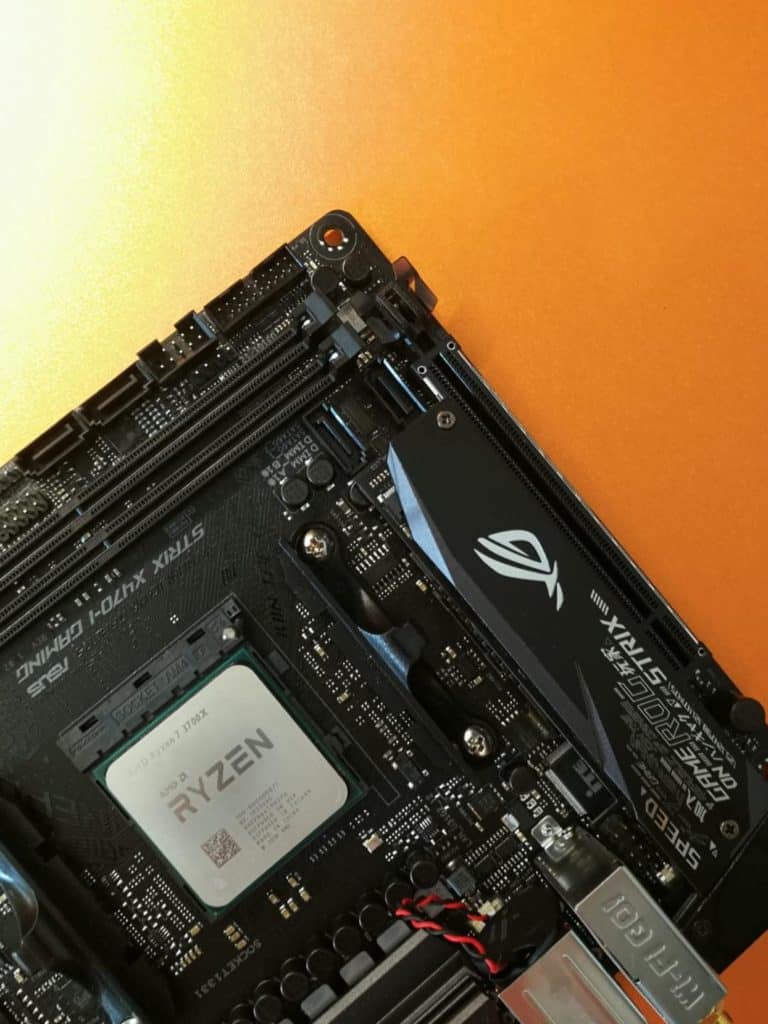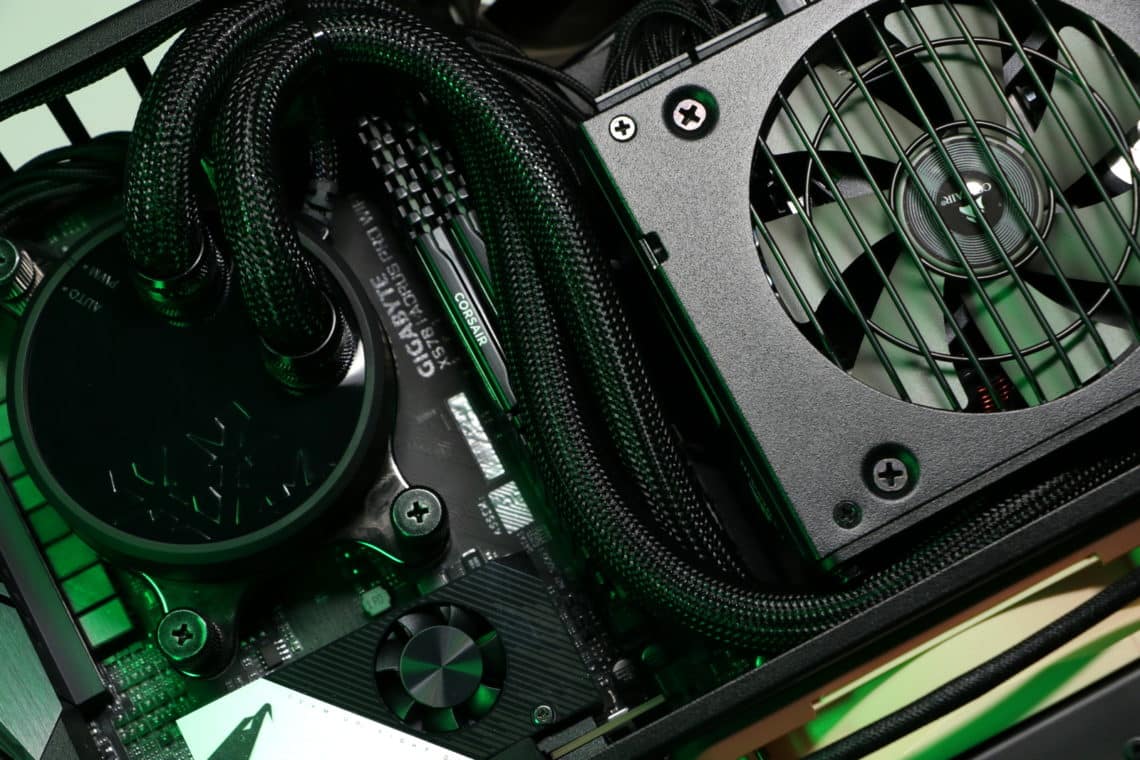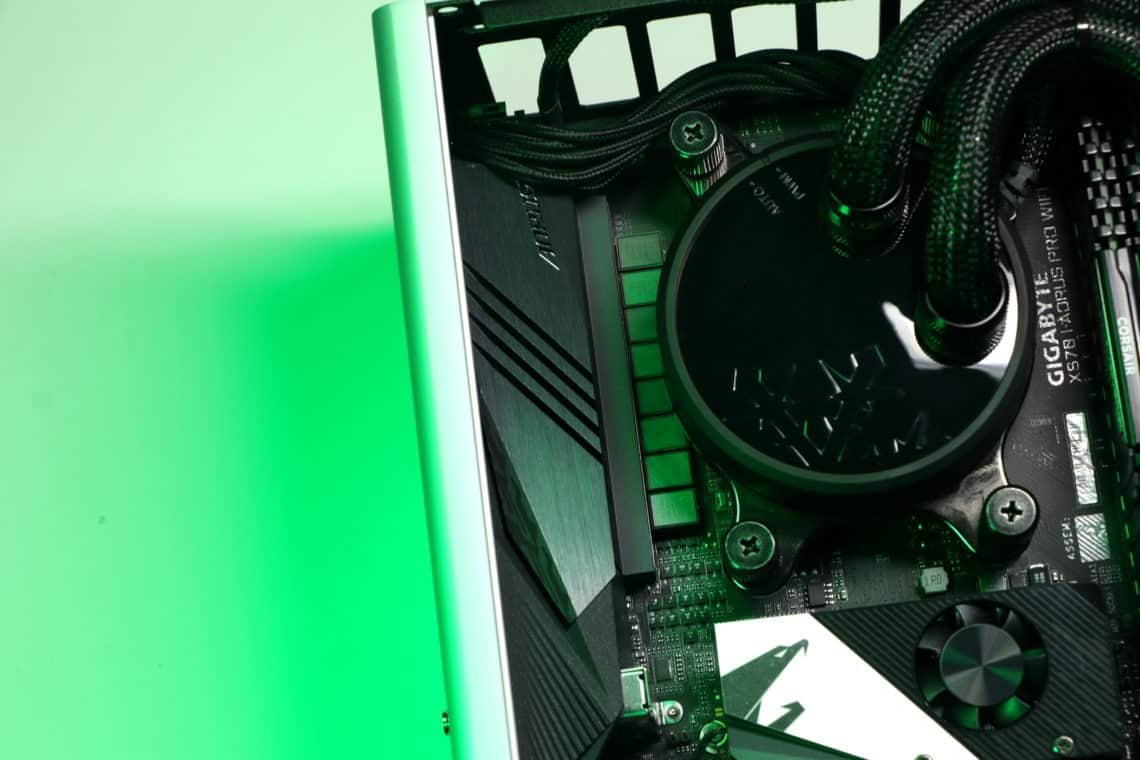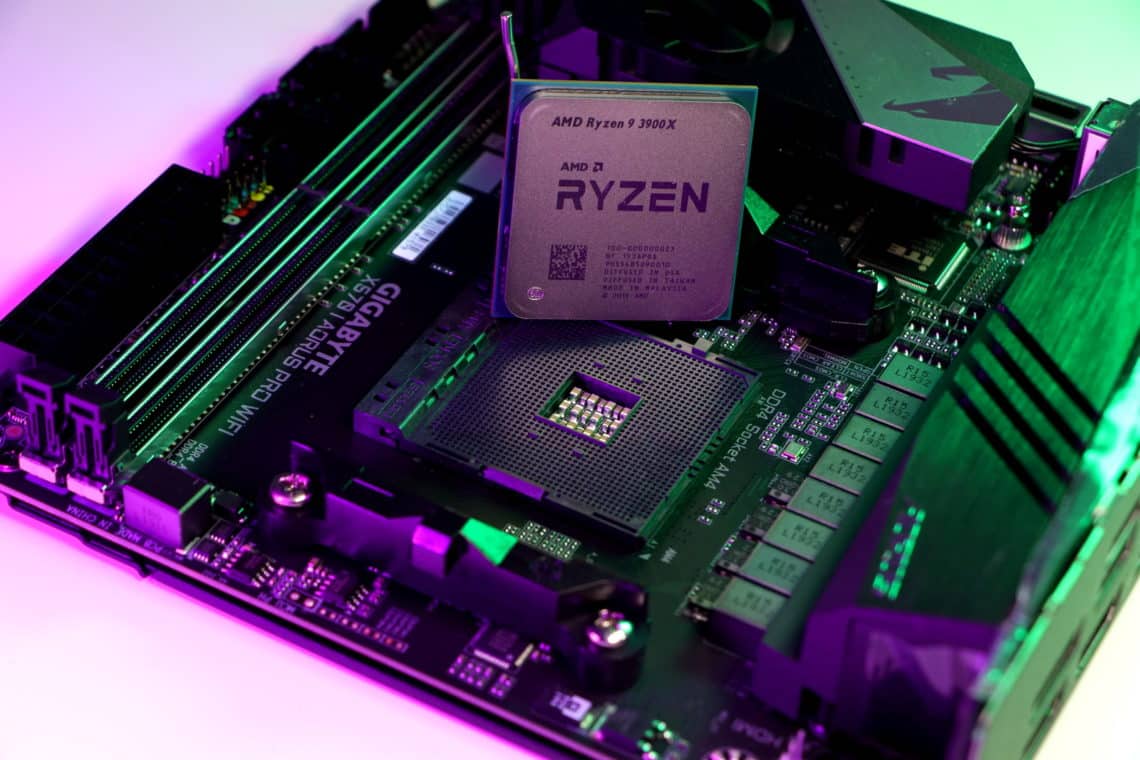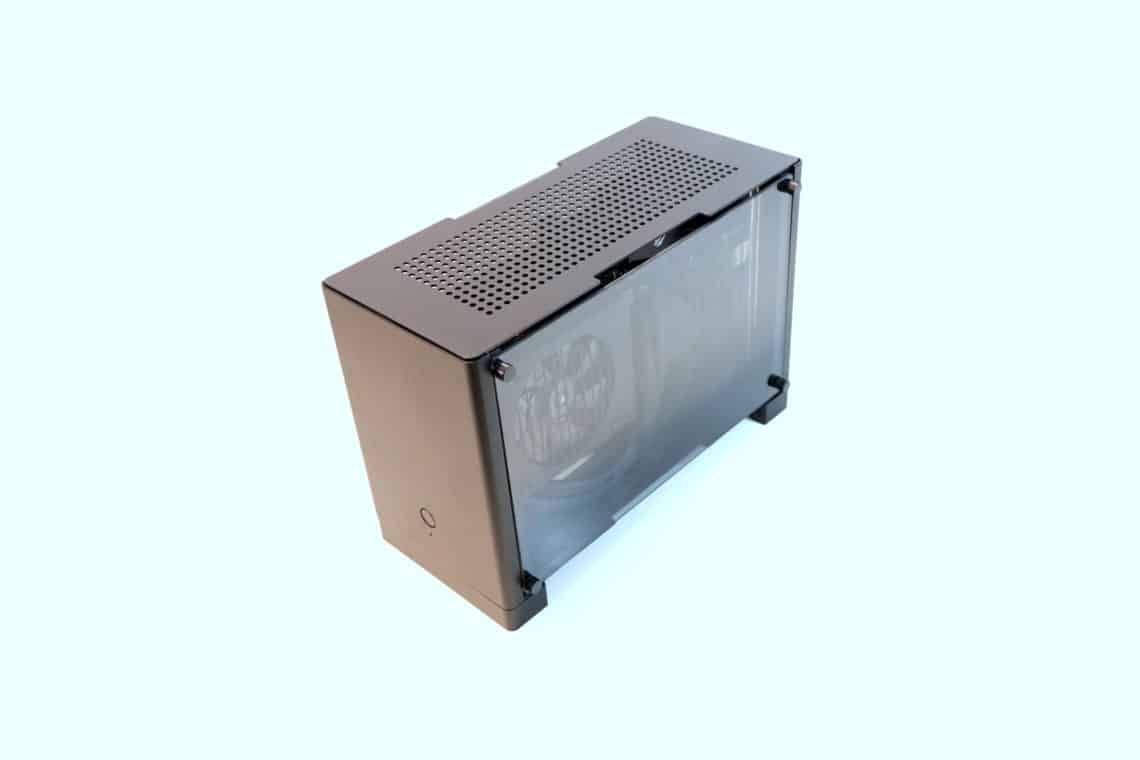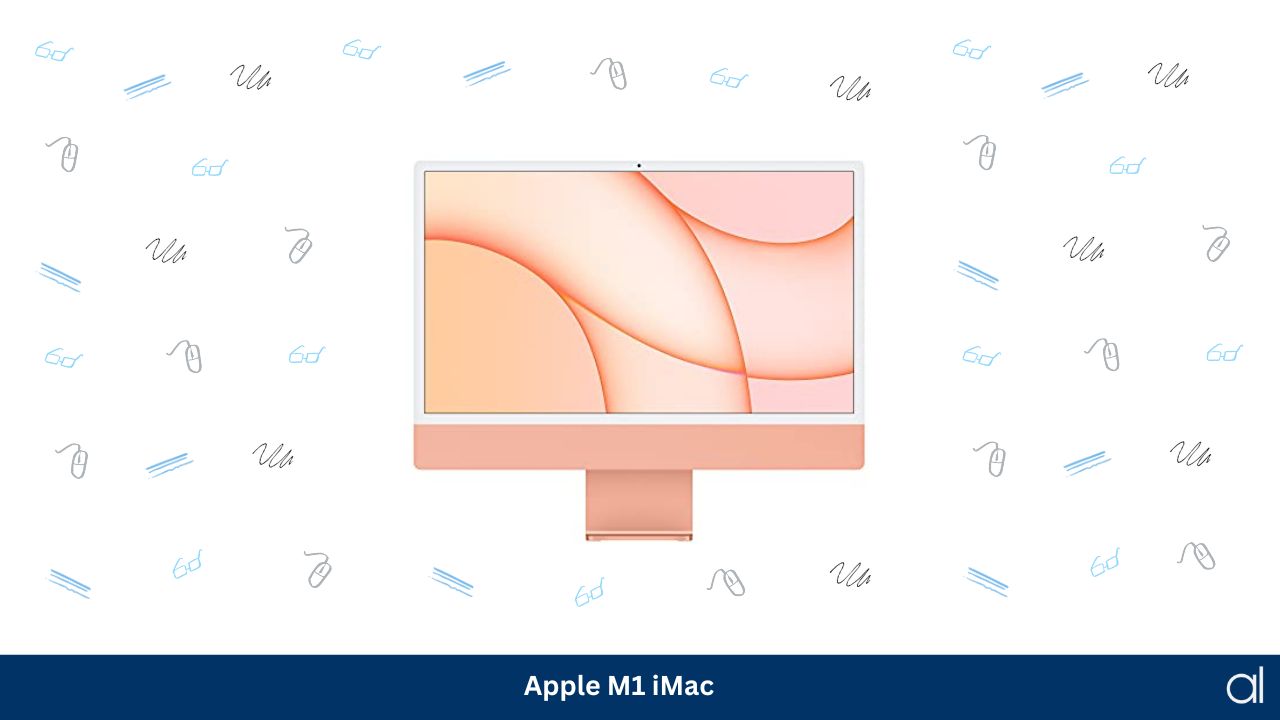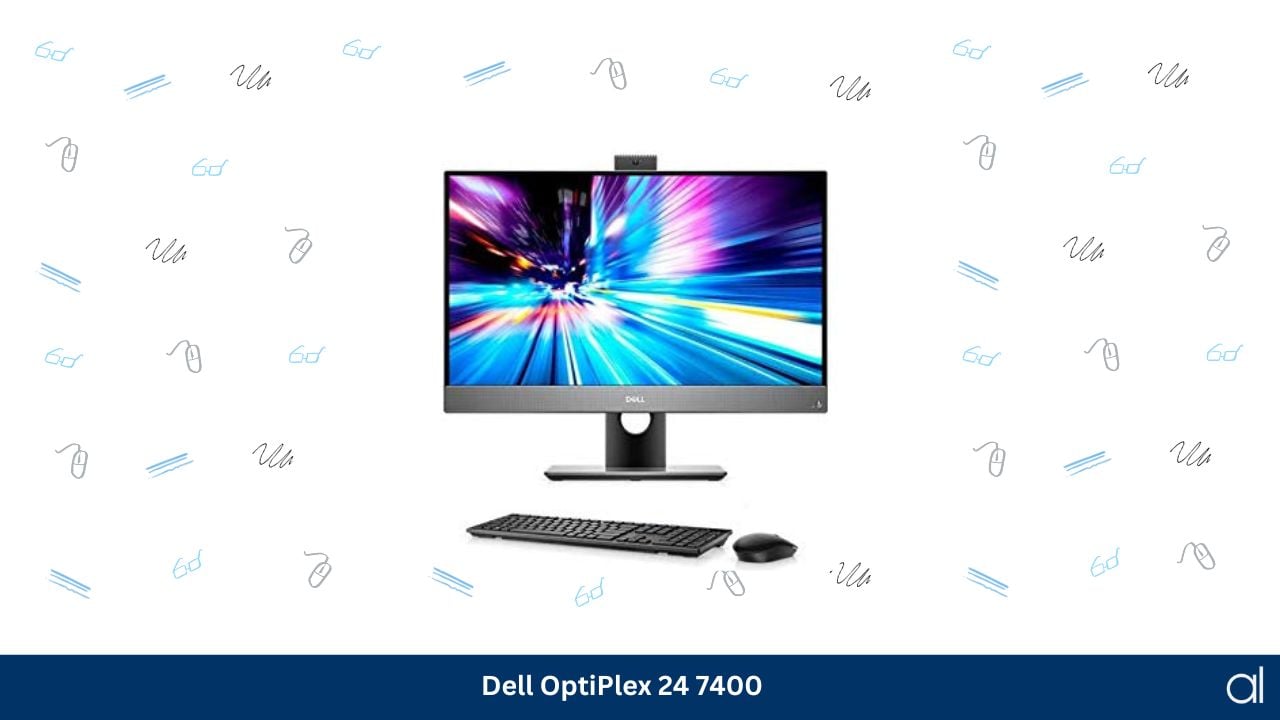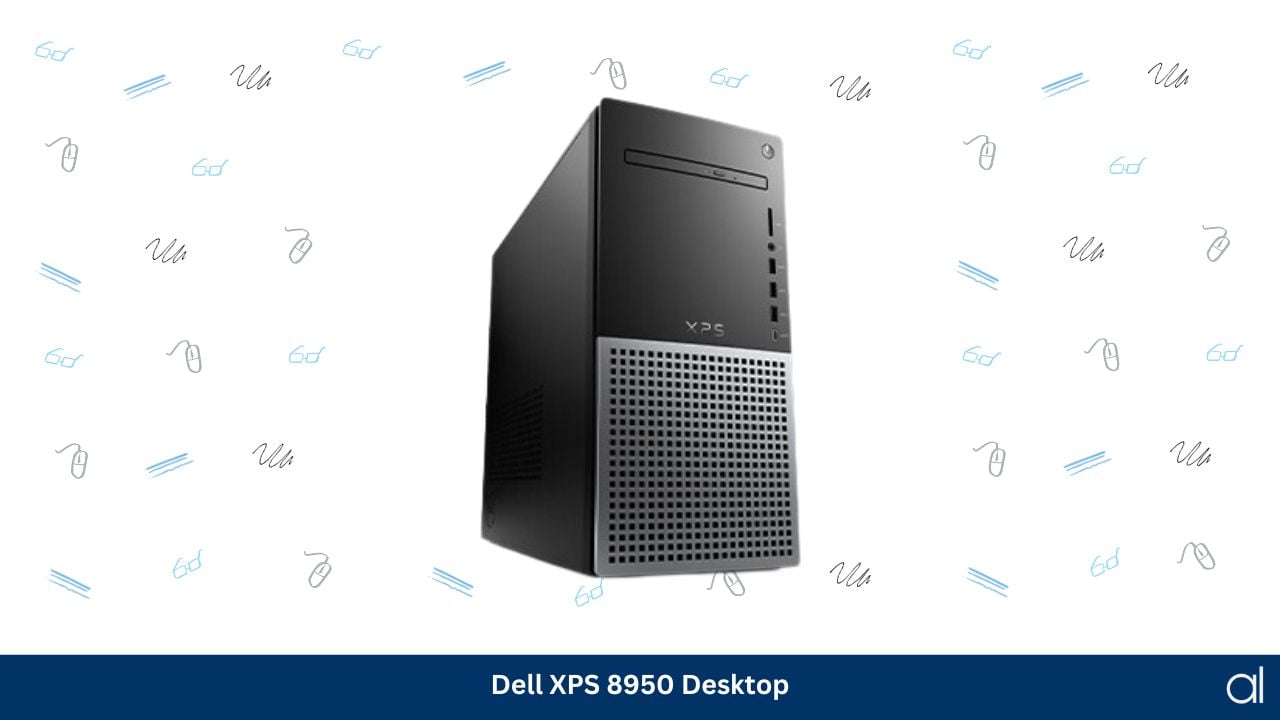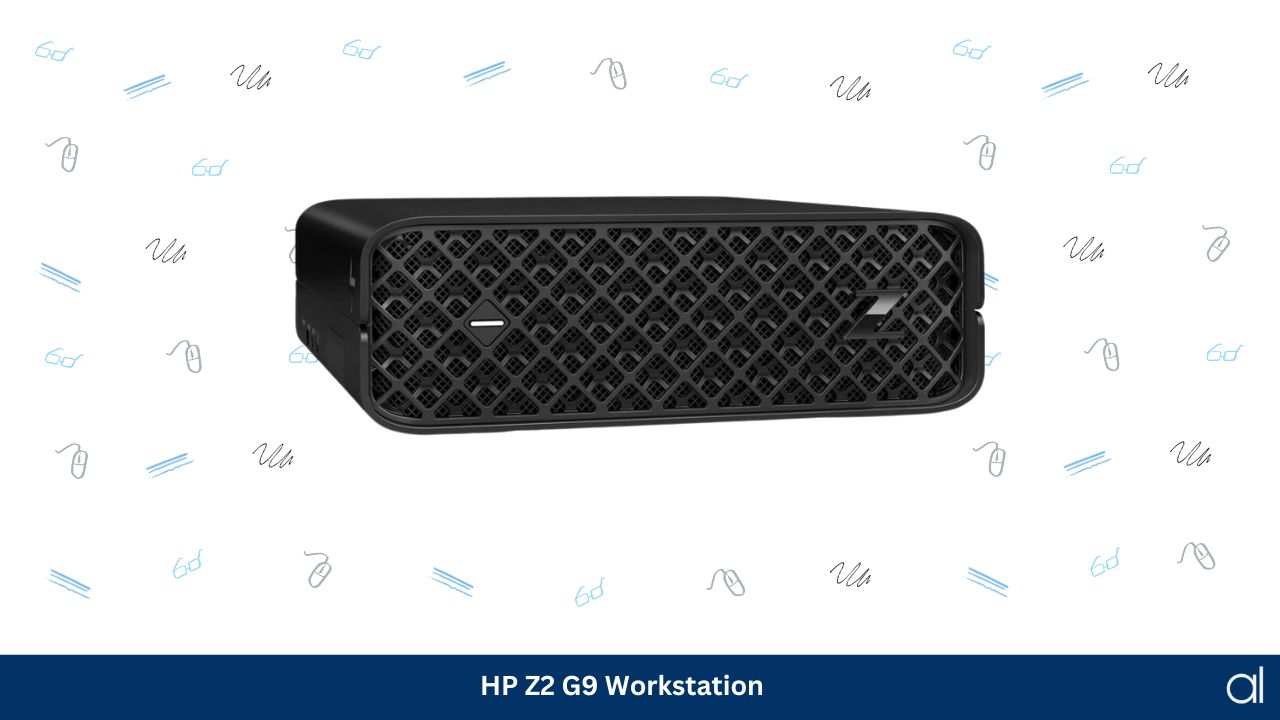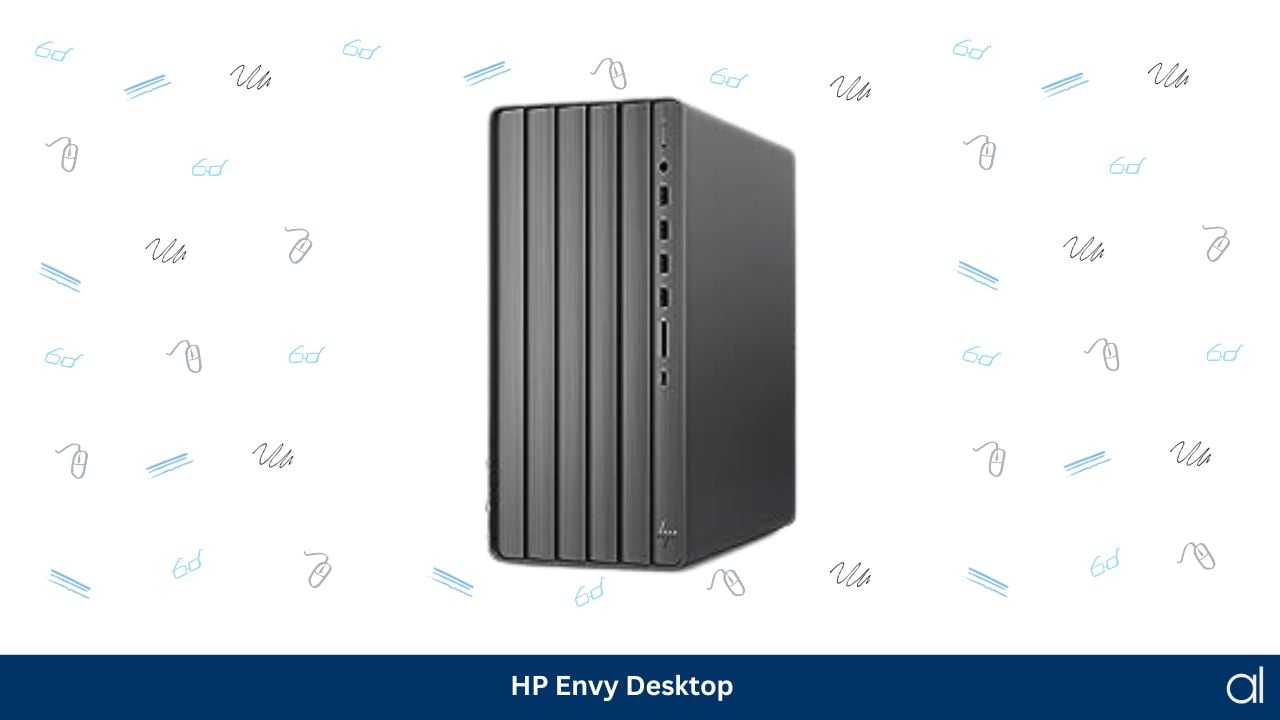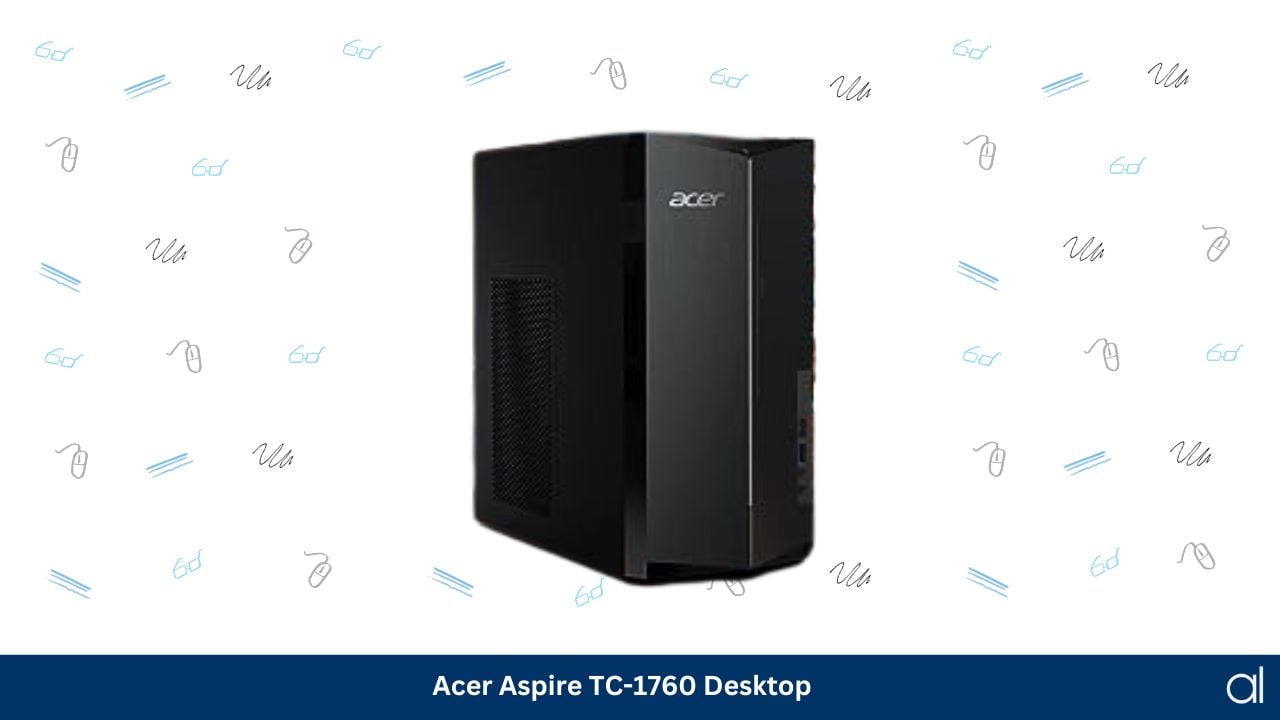A desktop computer is an essential toolbox for professional and budding architects. You can create 3D models of buildings, simulate how they will function, and much more. Most importantly, all this without being worried about the low processing power or screen limitations of a normal laptop.
And that’s why selecting the right one is a crucial decision. In this article, I present to you my handpicked selection of the absolute best desktop computers for architects to streamline your workflow.
Top 9 Desktop Computers For Architects
1. Apple M1 2021 iMac MGPR3LL/A – Best iOS Computer for Architects
Let’s begin with the heart of this machine- the M1 chip. Apple has truly outdone itself with its processing power. It’s an 8-core CPU coupled with an 8/7-core GPU. This means lighting fast and powerful performance, smooth multitasking, and impressive graphics memory.
The 24-inch 4k retina displayport on this machine is an absolute visual treat. It supports a peak brightness of 500 nits, 1080p camera resolution, and a whopping 1 billion colors. Apple has also taken the audio seriously with this system. The six-speaker sound system delivers immersive audio with spatial audio technology. As I experienced it first-hand, it felt like the sound was coming from around me.
What I Liked
- 4k retina display
- Immersive audio experience
- Wide range of color options
- Comprehensive connectivity options
What I Didn’t Like
2. Dell OptiPlex 24 7400 – Best For Complex Stimulation and CPU Rendering
The Dell OptiPlex 24 7400 is a powerful and versatile desktop computer for architects. It comes with a massive 2TB SSD disk storage and 32 GB of RAM. With this, you will never have to worry about lags or slowdowns, even if you run resource-intensive programs simultaneously. But the real star of the show is the Intel Core i9-12900K processor. This is Intel’s latest 12th-generation central processing unit. My research indicates that with a turbo boost speed of up to 5.20 GHz, it’s currently the fastest multi-core processor in the market.
The 24-inch full HD IPS panel display is absolutely gorgeous. With a graphics display resolution of 1920×1080, you’ll experience crisp and vibrant visuals, perfect for designing the most complex simulations in architecture programs. The anti-glare technology ensures that you can work for long hours without straining your eyes.
The included computer keyboard/mouse is comfortable to use, with a good tactile response. It has a built-in 2 MP webcam and quad-array microphone. The 3-in-1 SD memory card reader is also a handy addition for quickly transferring your files from other devices.
What I Liked
- 24-inch full HD IPS panel display
- Massive 2 TB SSD disk storage
- Built-in 2 MP webcam and quad-array microphone
- 3-in-1 SD memory card reader
What I Didn’t Like
3. Apple Mac Mini M2 Pro chip MNH73LL/A – Best For Seamless Collaboration
This Mac Mini M2 Pro is powered by a ten-core CPU, featuring six cores for high performance and four cores for efficiency. This means that whether you are working on complex 3D modeling or architectural rendering, this machine will handle it like a breeze. The low-latency computer memory ensures smooth multitasking without any hiccups.
After closely examining the product, I found four Thunderbolt 4 ports, two ports for USB-A + connectivity with WiFi, Bluetooth, Ethernet, headphones, etc. The 16-core graphics processing unit delivers stunning visuals and enables seamless editing and 3D rendering. If you are working with Autodesk Revit, AutoCAD, or running resource-intensive application software, this GPU will handle it all quite easily.
It is compatible with iPad, iMac, and MacBook, and you can effortlessly transfer files or mirror your screen, or even control this Mac Mini remotely with your mobile device or personal computer and laptop. It’s also compatible with Microsoft 365 and Adobe Creative Cloud to help you seamlessly collaborate with your colleagues and access your favorite design and content creation tools.
What I Liked
- 16-core graphics processing unit
- Low latency memory
- Compatibility with iPad, iMac, and MacBook
- Compact size
What I Didn’t Like
4. Lenovo ThinkStation P620 30E000MKUS – Best For High-end Graphics
The ThinkStation P620 is equipped with the AMD Ryzen Threadripper PRO Dodeca-core processor, featuring a whopping 12 cores and a clock rate or clock speed of 4.10 GHz. It will make it easier to render 3D computer graphics and develop projects efficiently.
This desktop computer works on Windows 11 Pro 64-bit. It comes with 32 GB of DDR4 SDRAM. The 1 TB SSD provides ample storage space for all your files, ensuring quick access and fast loading times.
Connectivity options are abundant with USB, Ethernet, LAN, and Thunderbolt ports.
As I spent time with this desktop, I found that its graphics capabilities are handled by the NVIDIA RTX chipset. It delivers top-notch computer performance and, combined with the integrated graphics card, allows you to work on graphics-intensive projects with ease.
What I Liked
- 1 TB SSD Storage
- AMD Ryzen Threadripper PRO Dodeca-core processor
- 4.10 GHz clock speed
- NVIDIA chipset
What I Didn’t Like
5. HP Pavilion 27 Touch Desktop – Best Desktop With Touchscreen
The Pavilion 27 Touch Desktop is powered by an Intel Core i9-12900K processor and Intel UHD Graphics 770 internal graphics card. This combination of computer hardware provides excellent performance for CAD, 3D rendering, and other demanding tasks. It comes with 64 GB of DDR4 memory and a 2 TB NVMe M.2 SSD.
The centerpiece of this desktop is the stunning 27-inch Full HD IPS touchscreen display device. The colors are vibrant, the details are sharp, and the touch of functionality adds a new level of interaction to your creative workflow. It’s a joy to work on and feels like a tablet computer, providing an immersive and intuitive user experience.
It’s fast, powerful, and quiet and is a great option even if you are looking for a gaming computer. Giving it a try showed me that it is a great all-in-one pc for architecture students and creative professionals.
What I Liked
- Intel UHD Graphics 770 internal graphics card
- It can be used as a gaming desktop
- Full HD IPS touchscreen
- 64 GB of DDR4 memory
What I Didn’t Like
6. Dell XPS 8950 Desktop-7518BLK-PUS
The Dell XPS 8950 is powered by the 12th Gen Intel Core i7-12700. Dell has improved the internal design, ensuring optimal computer cooling and heat minimization, and even offers an optional liquid cooling system.
The combination of 512 GB SSD storage and 1 TB HDD storage provides ample space for all your files and ensures fast access to data. It comes pre-loaded with Windows 11 Pro, the latest from Microsoft.
The Intel UHD 770 graphics card delivers crisp visuals and smooth performance, making it suitable for architectural tasks and light to moderate rendering. The thoughtful design and efficient cooling system keep fan noise to a minimum, allowing you to work in a quiet and focused environment.
My hands-on review showed that this desktop, with its blazing-fast processor, generous memory and storage options, and improved internal design, it’s a dream come true for architecture students. The connectivity options and optimized noise levels make it a joy to work with.
What I Liked
- Powerful 12th Gen Intel Core i7
- Efficient cooling system
- Ample storage capacity
- Optimized design
What I Didn’t Like
7. HP Z2 G9 Workstation 6H8Y4UT#ABA – Best For Graphic Intensive Workloads
The Hewlett-Packard Z2 G9 is equipped with an Intel Core i7 12th Gen processor, with a base clock speed of 2.10 GHz. The 16 GB DDR5 SDRAM ensures speedy computer file and data access and boot times.
In terms of design, the Z2 G9 powerful workstation is a compact mini PC. It comes with a pre-installed Windows 11 Pro operating system. After seeing it in action, I feel that the NVIDIA graphics compressor delivers stunning visuals and ensures smooth GPU rendering.
To top it all off, HP has included a mouse, keyboard, and power adaptor, so you have everything you need right out of the box. It combines powerful hardware, compact design, and excellent graphics capabilities to deliver an exceptional experience.
What I Liked
- Compact mini design
- 16 GB DDR5 SDRAM
- NVIDIA graphics compressor
- Smooth CPU rendering
What I Didn’t Like
8. HP Envy Desktop TE01-3022
The HP Envy Desktop has integrated Intel Graphics Technology featuring 4k clarity. If you are working on detailed 3D models or enjoying some downtime with your favorite movie or games, this desktop will provide you with a visually immersive experience.
Despite its powerful performance, the HP Envy boasts a small footprint, thanks to its ATX case design. Plus, you get a combination of 16 GB RAM, 512 GB SSD, and a 1 TB SATA Hard Drive.
To top it off, HP offers a one-year warranty, giving you more confidence in your purchase. Its powerful performance, affordability, ample storage, stunning 4k graphics, and compact design make it a stunning choice for architect professionals and students alike.
What I Liked
- Affordable price
- Integrated Intel UHD graphics
- ATX case design
- Small footprint
What I Didn’t Like
9. Acer Aspire TC-1760-UA92
The Acer Aspire TC-1760-UA92 is powered by the 12th Gen Intel Core i5-12400 6-Core Processor, delivering fast and smooth performance. It comes pre-installed with Windows 11 Home, has 12 GB of DDR4 RAM, upgradable to a maximum of 32 GB. This future proofs your desktop and allows you to handle even more demanding tasks as your needs evolve.
In terms of storage and connectivity, the Acer Aspire comes equipped with 512GB NVMe M.2 SSD. It features Intel Wireless WiFi-6 AX201 and Bluetooth 5.2, providing you with a fast and reliable wireless connection.
While it doesn’t come with a dedicated graphics card, the Intel UHD Graphics 730 still delivers cool visuals. You’ll find a USB 3.2 type-C gen 1 port right at the front for quick and easy data transfers.
Additionally, there are four USB 2.0 ports on the rear. So, you have plenty of options for connecting with even older devices and accessories. The two HDMI ports on the rear make it a breeze to hook up multiple monitors or connect your desktop to a TV.
What I Liked
- Upgradable RAM
- Multiple connectivity options
- 6- core processor
- Intel Core i5
What I Didn’t Like
Top Desktop Computers For Architect Comparison Table
| Desktop Computers For Architects | OS | Storage Capacity | CPU | RAM |
|---|---|---|---|---|
| Apple M1 2021 iMac MGPR3LL/A | MacOS | 512 GB | 8-core | 8 GB |
| Dell OptiPlex 24 7400 | Microsoft Windows 10 Pro | 2 TB | Intel Core I9 | 32 GB |
| Apple Mac Mini M2 Pro chip MNH73LL/A | Mac OS | 512GB SSD Storage | 10 core | 16 GB |
| Lenovo ThinkStation P620 30E000MKUS | Windows 11 Pro | 1 TB | Ryzen Threadripper PRO | 16 GB |
| HP Pavilion 27 Touch Desktop | Windows 11 Pro | 2 TB | Intel Core i9 | 64 GB |
| Dell XPS 8950 Desktop XPS8950-7518BLK-PUS | Windows 11 pro | 512GB Solid-state drive storage + 1TB hard disk drive | Intel Core i7 | 32 GB |
| HP Z2 G9 Workstation 6H8Y4UT#ABA | Windows 11 Pro | 512 GB | Intel Core i7 | 16 GB |
| HP Envy Desktop TE01-3022 | Windows 11 Pro | 512 GB SSD Storage & 1 TB SATA Hard Drive | Intel Core i7 | 16 GB |
| Acer Aspire TC-1760-UA92 Desktop DT.BHZAA.001 | Windows 11 Home | 512 GB NVMe M.2 SSD | Intel Core i5 | 12 GB |
Buying Guide For The Best Desktop Computers For Architect
1. CPU
The CPU is the heart of computers, responsible for executing instructions and performing calculations. For architecture students, a powerful CPU is crucial for improving your productivity while handling complex design and rendering tasks.
The number of cores will determine how many tasks the CPU can handle at the same time. For general-purpose use, a dual-core CPU is sufficient. However, if you plan on doing more demanding tasks, such as gaming or video editing, you will need a quad-core or even an octa-core CPU. Higher single-core performance is beneficial for tasks that rely on single-threaded performance, such as modeling software.
A higher clock speed will make the CPU process the instructions faster. A larger cache size can improve the performance of the CPU by reducing the time it takes to access data.
2. Operating System
The choice of the operating system depends upon personal preferences and software compatibility. Windows-based desktop computers have long been the go-to option in the architecture industry. They provide a wide range of software options, including popular architecture and rendering tools like AutoCAD, Rhino, and Revit.
On the other hand, MacOS, available on Apple desktop computers, is favored by many architects for its seamless integration with design tools like the Adobe Creative Suite. The intuitive interface and robust performance of MacOS make it an attractive choice for architects who prioritize user experience and design-centric workflows.
3. Storage And Random Access Memory
Ample RAM (Random Access Memory) and storage are essential for architects working on complex projects. Desktop computers with a minimum of 16 GB of RAM, such as those equipped with Xeon processors, are generally recommended for smooth multitasking and efficient performance in architectural workflows.
More demanding tasks may benefit from 32 GB or even higher RAM configurations. Additionally, consider the storage type. Solid State Drives (SSDs) offer faster access and boot times compared to traditional hard disk drives (HDDs). A combination of SSD and HDD storage provides both speed and ample space for storing large design files and project data.
4. GPU and Graphics Cards
The graphics capabilities of desktop computers are paramount for architects, as they frequently engage in 3D modeling, rendering, and visualization tasks. Architects working with advanced design software, such as computer-aided design (CAD) applications, require dedicated graphics cards to handle the complexity of their projects.
NVIDIA GeForce and AMD Radeon are two prominent series of cards that architects often consider. The GeForce 20 series and Radeon Pro cards are particularly preferred due to their high-performance graphical capabilities, enabling smooth rendering, real-time visualization, and even GPU rendering for faster design iterations.
While integrated graphic solutions like Intel UHD graphics can handle less graphically intensive tasks, dedicated graphics memory cards, such as those offered by Alienware, deliver the performance required for professional architecture work and provide a superior user experience.
5. Form Factor and Additional Features
You should carefully consider the form factor of the desktop computer to ensure it aligns with your workspace and portability needs. Traditional desktop computers, like those found in the IdeaCentre series, offer flexibility in terms of customization and expandability, allowing you to add or upgrade components as needed.
On the other hand, all-in-one desktops, exemplified by the Microsoft Surface Studio, consolidate the computer components and monitor into a sleek, space-saving unit, providing a clutter-free setup.
Additional factors worth considering include a webcam for video conferencing, HDMI ports for external display connectivity, and advanced audio technologies like Dolby Sound for an immersive audio experience. These features enhance the overall usability and versatility of desktop computers for architects.
Can I connect multiple monitors to my desktop?
Yes, most desktops support multiple monitor setups, allowing you to expand the screen and boost your productivity. Check the specifications and available ports of each desktop to ensure compatibility with your desired number of monitors.
Can these computers handle real-time architectural rendering and virtual walkthroughs?
Yes, they are capable of handling real-time architectural rendering and virtual walkthroughs. With their powerful processors and dedicated cards, they can provide the necessary performance to generate real-time visualizations and smooth walkthroughs. They also enhance the ability to present designs, simulate lighting and material effects, showcase the projects to clients, etc.
Should I prioritize a faster CPU or a higher amount of RAM for architectural tasks?
Both CPU and RAM are crucial for optimal performance in architectural work. A faster CPU means more processing power, enabling quick calculations, rendering, and improved software performance.
Higher RAM ensures smooth multitasking and the ability to handle multiple large files without slowdowns. Ideally, it is best to choose one with a powerful CPU as well as sufficient RAM for the best balance of speed and multitasking.
What other factors should I consider besides specifications when choosing an All-in-One computer for architectural work?
In addition to the specifications, it is important to consider factors such as display quality, connectivity options, warranty, and customer support. A high-resolution display with accurate color quality and reproduction is crucial for architectural design.
Are there any pre-installed software packages or tools specifically tailored for architects included in the desktops?
The inclusion of pre-installed software packages and tools can vary depending on the model and manufacturer. Some manufacturers do provide trial versions and limited editions of a few architectural software as a part of their offerings. However, it is recommended to check the descriptions or contact the store or manufacturer directly to inquire about any bundled software or tools.
Can I use regular desktops for using architectural software and simulations?
While regular desktops may be capable of running architectural software to some extent, it is recommended to invest in one specifically designed for architectural work. These specialized desktops offer higher performance, better graphics capabilities, and more efficient multitasking.
Are there any additional accessories or peripherals recommended for architects?
While these computers often come with essential accessories, such as keyboards and mice, you can consider some additional accessories to enhance your workflow.
Consider investing in a graphics tablet for precise digital sketching, an external high-resolution monitor for increased screen space, and a color-calibration device for accurate color representation.
How long can I expect these desktops to remain relevant to my work?
The longevity of a desktop’s relevance depends on several factors, including technological advancements and evolving software requirements.
However, the ones that feature powerful specifications should serve you well for several years, particularly if you keep the software and drivers updated. Regular maintenance and potential future upgrades can also extend their lifestyle.
Which CPU is better for architectural work, Intel Core or AMD?
Both Intel and AMD offer powerful CPUs suitable for architectural work. Intel CPUs, such as the Core i7 and the Core i9 series, are known for their single-core performance and capabilities to perform well. On the other hand, AMD CPUs, like the Ryzen series, offer excellent multi-core performance, making them well-suited for rendering tasks. It ultimately depends on your needs and preferences.
Conclusion
As you navigate through this technological amusement park, keep an open mind and embrace the delightful eccentricities that await. My top picks will be the Dell OptiPlex 24 7400 and the Apple M1 2021 iMac MGPR3LL/A.
The Dell OptiPlex 24 7400 stands out with its powerful specifications, including a substantial amount of storage and RAM, ensuring smooth performance. On the other hand, The Apple M1 2021 iMac MGPR3LL/A impresses with its seamless connectivity options and smooth multitasking capabilities.
While all of these desktops are commendable options, it is essential to explore a range of computers from different manufacturers and find the one that best suits your needs. Make sure to compare all your required specifications and features of your top picks.
Try to go for desktop-based workstations that combine powerful performance, excellent display quality, convenient connectivity options, and align with your specific requirements.
Related Articles
10 Best Laptops for Architects
9 Best Curved Monitor For Architects
10 Best Project Management Software for Architects
14 Best Render Farm For Architects
17 Best SketchUp Plugins For Architects
18 Best Squarespace Themes For Architects
10 of the Best 3D Printers for Architects
Best CAD Program For Architects



